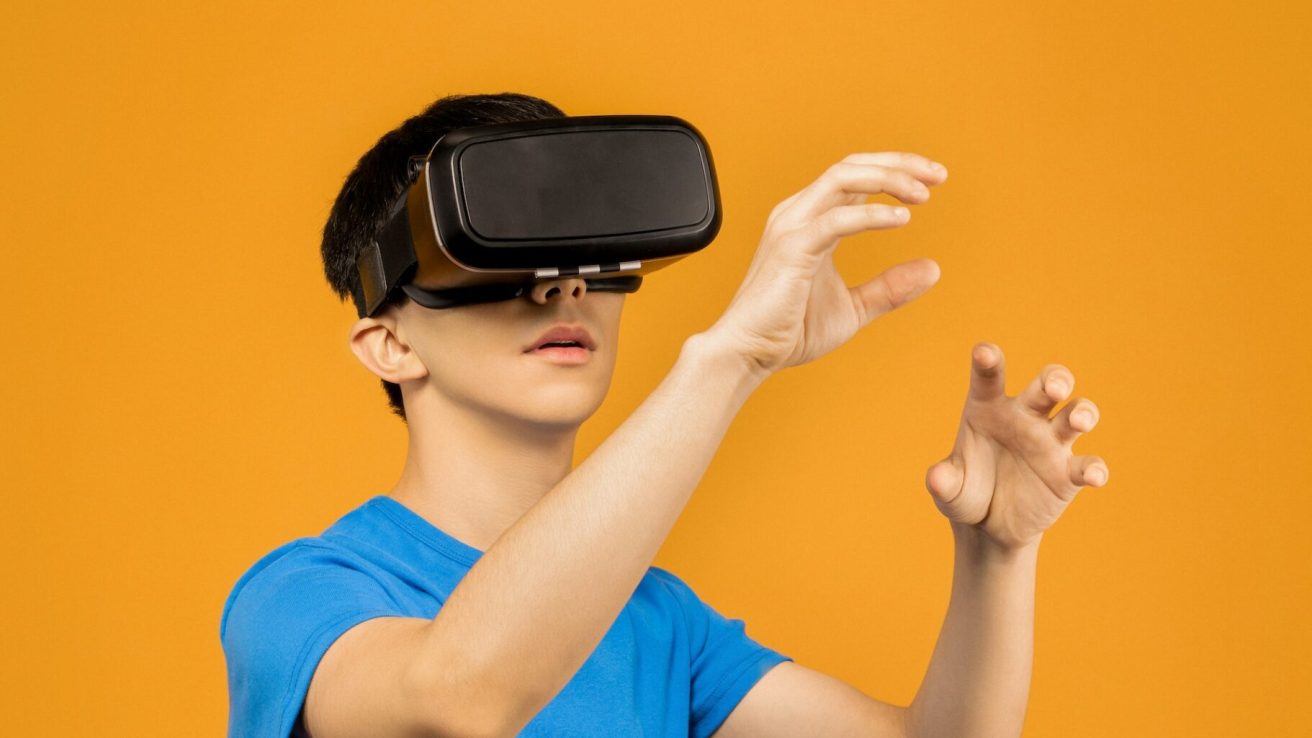Virtual reality-based interventions for ADHD show some promise, but the current field of research has limitations that make results inconclusive.
The immersive quality of VR, along with its safety and ability to be finely controlled, makes it potentially useful for training and rehabilitation. VR is also being used to improve cognitive function among children with attention deficit hyperactivity disorder (ADHD). This review, published in Virtual Reality, aims to provide a meta-analysis of the efficacy of VR-based interventions for improving cognitive deficits in children with ADHD. The study also aimed to investigate potential moderators of the effect size and assess treatment adherence and safety.
VR-Based Interventions Result in Attention and Memory Improvements
The meta-analysis portion of this review included seven randomized controlled trials of children with ADHD. All studies involved comparing immersive VR-based interventions with controls, which included medication, psychotherapy, cognitive training, neurofeedback, and hemoencephalographic biofeedback. This meta-analysis found large effect sizes in favor of VR-based interventions on outcomes of global cognitive functioning, attention, and memory. The age of participants did not moderate the effect size of global cognitive functioning, even though participant age was previously found to moderate the effects of VR-based training in children with conditions other than ADHD, such as cerebral palsy. The authors also found that treatment adherence and safety were well-supported by their data. No statistically significant differences were found for drop-out rate or adverse effects when comparing VR-based treatment to controls.
The Current Research Field of VR-Based Intervention Is Limited
As noted in the study, this research represents a preliminary stage in understanding the efficacy of VR-based treatment. This review has various strengths, including the comprehensiveness of the literature review, bias assessment conducted according to the Cochrane Handbook for Systematic Reviews of Interventions, and comprehensive methodological quality assessment. However, all of the studies used displayed some risk of bias related to their randomization processes. Additionally, the small sample size and relatively narrow range of cognitive defects reported in the included studies present another limitation for our current understanding of this novel treatment modality.
The study data showed VR-based interventions to be effective and safe, and that they are more effective than controls at improving cognitive functioning, attention, and memory. However, these results also highlight the need for more robust trials in the future that utilize a clearer reporting of methodology, which could allow for a more fine-tuned understanding of this treatment modality in the future.
Source:
Corrigan, N., Păsărelu, C. R., & Voinescu, A. (2023). Immersive virtual reality for improving cognitive deficits in children with ADHD: a systematic review and meta-analysis. Virtual Real, 1-20. https://doi.org/10.1007/s10055-023-00768-1










